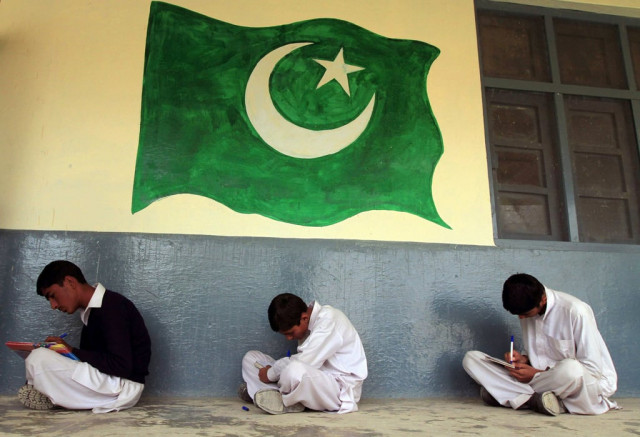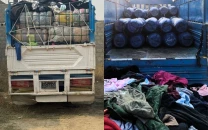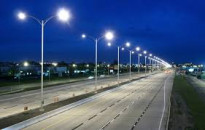ASER report 2014: Students moving from public to private schools
Annual Status of Education Report says number of non-state education providers has gone up by 7%

Annual Status of Education Report says number of non-state education providers has gone up by 7%. PHOTO: REUTERS
More parents are opting for their students to go to private schools rather than public ones, revealed the latest edition of the Annual Status of Education Report (Aser) 2014.
The report, formally launched at Arena on Wednesday, records a surprising 7% increase in the share of non-state education providers in Sindh within a year.
The private schools in rural Sindh now share a burden of 17% of total student enrolment, which was recorded at 10% in Aser 2013 report, revealing that the demand and supply for alternatives is increasing in Sindh. It remains to be seen, however, if these alternatives are accessible to all.

Baela Raza Jamil, director programmes at the Idara-e-Taleem-o-Aagahi and one of the brains behind Aser Pakistan initiative, argues that the shift raises concerns about increasing inequality by excluding those groups who cannot afford even low-cost private schooling.
"The utter abandonment of the public education system by successive provincial governments has started compelling households to leave government schools, sometimes at great costs," said Jamil. "On the contrary, the government has to provide free and compulsory education to all children between the ages of five and 16, as per Article 25-A of the Constitution."
Access to post-primary education
A growing concern among households is about where their children will go beyond primary level. For every 24 primary schools in Sindh, there is only one secondary school. Of all public schools in Sindh, 91% cater to primary education while only 9% offer post-primary education.
"When their children are unable to move from primary to post-primary levels simply due to a lack of schools, parents begin to make hard or angry choices," explained Jamil. "Either they withdraw children from the schools even before they complete primary school or send them to private schools if they can afford the fee."
For this reason, after Balochistan, rural Sindh stands out for having the highest out-of-school children for almost all ages in successive Aser reports.
The analysis of past reports established that the Sindh government has failed in altering the school dropout trends for the last four years. The recent report revealed that around 31% of all children between ages six and 16 do not go to schools. As for the early childhood education, the situation is even more harrowing. Nearly 63% of the children between ages three and five are out of schools.
"As the students shift from primary grades to the elementary level, enrolment decreases as the class level increases," said Aziz Kabani, managing director at the Sindh Education Foundation. "Sindh is lagging behind other provinces of the country. Even with sincerity and commitment, we will have to go a long way."
Learning outcomes
The report highlighted the poor quality of education at public schools as another significant reason for the shift towards private institutions.
While an overwhelming majority — around 76% — of class five students cannot even read this sentence, hardly 31% can do a simple two-digit arithmetic division. With no substantial improvement in the students' learning outcomes, these findings confirm the findings of successive Aser reports since 2008.
Non-existent basic facilities
Around 41% of public schools across the province do not provide usable water to their students, while over half of the public schools do not have usable toilets, the report stated about basic facilities at the schools.
"When we talk about 'facilities' for students, we are not asking for luxuries. The demand is for the satisfaction of basic human needs," said Kabani. "Depriving the students of those needs raises a question of whether or not we consider them humans."
Published in The Express Tribune, January 29th, 2015.



















COMMENTS
Comments are moderated and generally will be posted if they are on-topic and not abusive.
For more information, please see our Comments FAQ